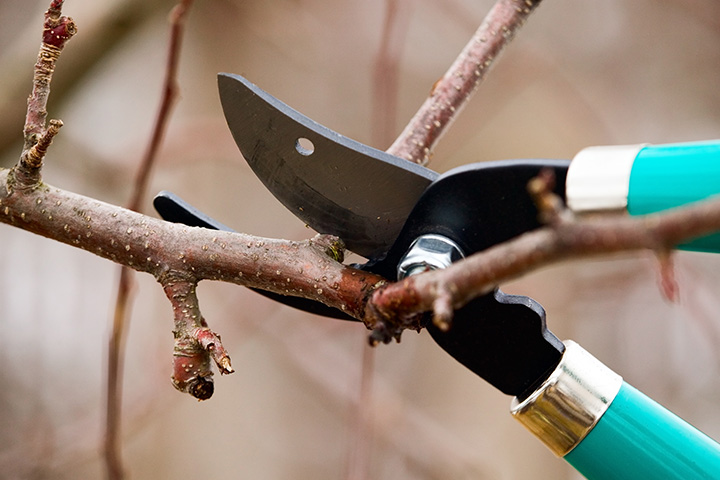
As the cold grip of winter loosens its hold and the first signs of spring emerge, it’s time to turn our attention to the health and beauty of our trees. After enduring the harsh weather conditions of winter, our trees may be in need of some tender loving care to ensure they thrive in the upcoming season and beyond. In this comprehensive guide, we’ll explore the importance of spring tree pruning, the dos and don’ts for proper pruning techniques, and the benefits it brings to both the health and aesthetics of your landscape.
Importance of Tree Inspections After Winter Storms
Before diving into the specifics of spring tree pruning, it’s crucial to emphasize the importance of tree inspections, especially after a winter full of storms. The weight of snow, strong winds, and freezing temperatures can take a toll on our trees, leaving them vulnerable to damage and disease. Conducting a thorough inspection allows homeowners to identify any signs of damage, disease, or weakened branches that may pose a risk to their property or the health of the tree itself. During these inspections, it’s essential to look out for:
- Broken or Split Branches: These can be hazardous and may need to be removed to prevent further damage.
- Dead or Diseased Limbs: Pruning these away can prevent the spread of disease and promote overall tree health.
- Cracked Bark or Splits in the Trunk: These may indicate structural issues that need to be addressed promptly.
- Signs of Pest Infestation: Early detection can prevent infestations from spreading and causing extensive damage.
The Dos and Don’ts of Spring Tree Pruning
Proper pruning is an essential aspect of tree care that can have a significant impact on the health, appearance, and longevity of your trees. However, it’s essential to approach pruning with care and precision to avoid causing harm. Here are some dos and don’ts to keep in mind when pruning your trees this spring:
Dos:
- Prune During Dormancy: The ideal time to prune most trees is during late winter or early spring while they are still dormant. This minimizes the risk of disease transmission and promotes rapid healing.
- Use Sharp, Clean Tools: Sharp, clean pruning tools make cleaner cuts, reducing the risk of damage and infection. Disinfecting tools between cuts can also prevent the spread of disease.
- Prune Dead or Diseased Branches: Removing dead or diseased branches helps improve the overall health of the tree and prevents the spread of disease to other parts of the tree.
- Cut Outside the Branch Collar: When removing branches, make cuts just outside the branch collar—the swollen area where the branch meets the trunk or main branch. This promotes faster healing and reduces the risk of decay.
Don’ts:
- Don’t Prune Too Aggressively: Avoid removing more than 25% of the tree’s canopy in a single pruning session, as this can stress the tree and impede its ability to photosynthesize.
- Don’t Prune Flush to the Trunk: Cutting flush to the trunk can damage the tree’s bark and inhibit proper healing. Leave the branch collar intact to promote faster recovery.
- Avoid Topping Trees: Topping, or indiscriminate cutting of branches to reduce the height of a tree, is harmful and can lead to weak, unstable growth, as well as an increased risk of disease and pest infestation.
- Don’t Prune When Wet: Pruning when the tree’s foliage is wet can increase the risk of disease transmission. Wait for dry weather to ensure clean cuts and minimize the spread of pathogens.
The Benefits of Spring Tree Pruning
Proper spring tree pruning offers a myriad of benefits for both the health and aesthetics of your landscape:
- Promotes Healthy Growth: Removing dead, diseased, or crossing branches allows the tree to allocate resources more efficiently, promoting vigorous new growth.
- Enhances Aesthetics: Pruning helps shape the tree, improving its overall appearance and enhancing the visual appeal of your landscape.
- Reduces Risk of Damage: Removing weak or hazardous branches reduces the risk of property damage or personal injury during storms or high winds.
- Prevents Disease Spread: Pruning away diseased branches prevents the spread of pathogens, preserving the health of the tree and surrounding vegetation.
- Improves Air Circulation and Sunlight Penetration: Thinning out the canopy allows for better air circulation and sunlight penetration, promoting overall tree health.
Request a Professional Tree Pruning Consultation Today
While some homeowners may feel confident tackling pruning tasks themselves, others may prefer to enlist the help of professionals. Our certified arborists have the expertise and experience to provide top-notch tree pruning services tailored to your specific needs. From tree inspections to proper pruning techniques, we’re here to help you achieve a vibrant and healthy landscape. Contact us today to schedule your professional tree pruning consultation and take the first step towards a flourishing outdoor environment.
As spring unfolds and nature awakens from its winter slumber, now is the perfect time to give your trees the care they deserve. By following proper pruning techniques and enlisting the help of professionals when needed, you can ensure your trees thrive, enhancing the beauty and vitality of your landscape for years to come.
Tree Pruning Dos and Don’ts for a Flourishing Landscape in Eastern Massachusetts
Also Serving Rhode Island
Boston | Worcester | Cambridge | Brockton | Quincy | New Bedford | Fall River | Newton | Foxboro | Framingham | Plymouth | Attleboro | Taunton | Hingham | Needham | North Attleboro | Norton | Easton | Franklin | Walpole | Dover | Westwood
Providence | Warwick | Cranston | Pawtucket | Newport | Woonsocket | Cumberland | Coventry | Newport | Johnston | North Kingstown | Bristol | Portsmouth
Home » Tree Pruning Dos and Don’ts for a Flourishing Landscape



